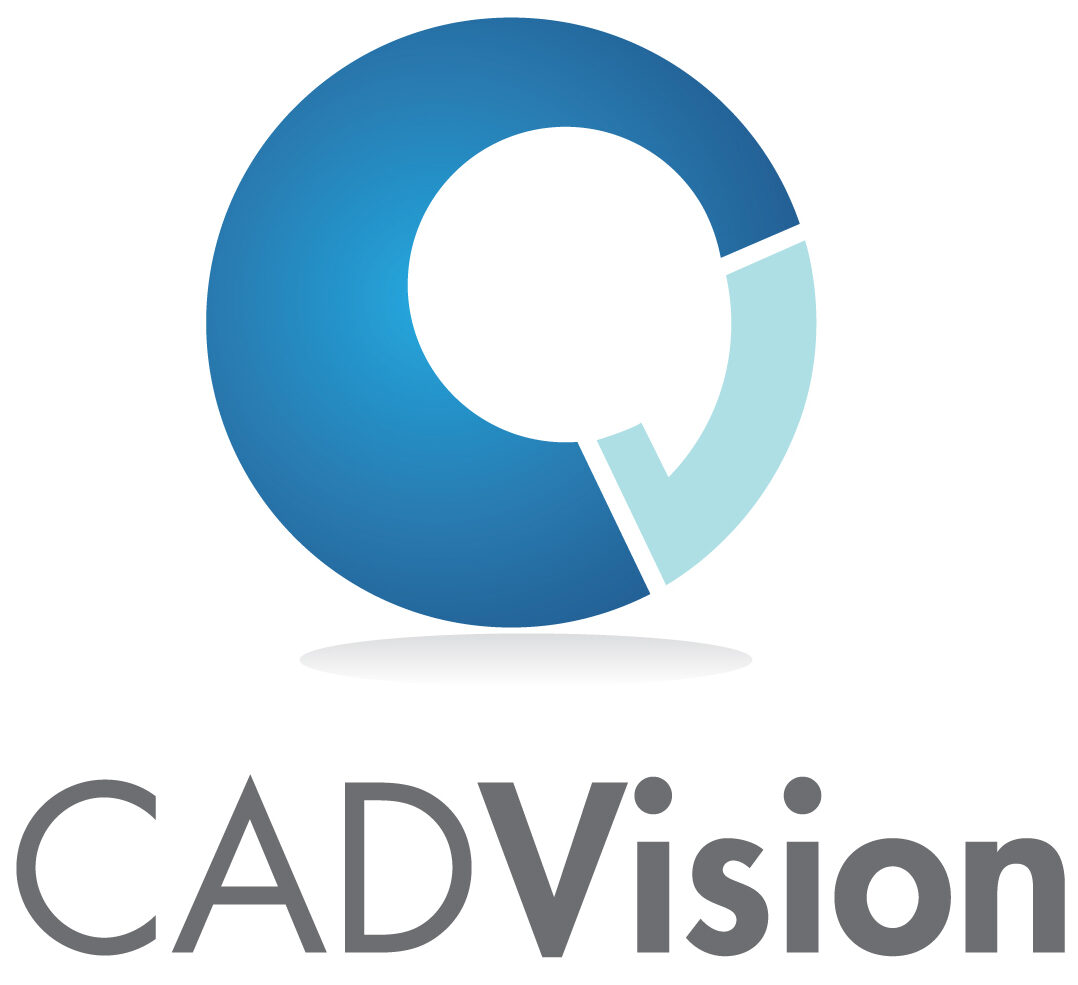Mahindra & Mahindra recognizes CEAD as superior tool for engineering design compared to Excel as it has various specific features for engineering design.
About Mahindra Group and Mahindra Research Valley:
Mahindra Group is a $16.9 billion global corporation employing more than 200,000 people across the globe. The Group’s flagship company, Mahindra & Mahindra, is a leader in the tractor and utility vehicles space.
Mahindra Research Valley is a design and R&D facility spread over 125 acres in Mahindra World City, Chennaiand was created at an investment of over Rs. 650 crore. Home to over 1500 employees, it has experts who are leading various technology and product development projects. It is the most modern automobile and tractor R&D facility in India.
The Business Challenge
An important aspect of customer impression for a manual transmission vehicle is the gear shift. The gear shift is the interface between driver and vehicle transmission.1 Therefore this frequently used mechanism can influence the driver’s impression of the vehicle. The required attributes of a gear shift are: smooth, noiseless and vibration-less. The quality of the gearshift can be improved by optimizing the operating force path.
The conventional way of optimizing operating force was non optimal and time consuming as there was no visual feedback and recreation of geometry in spreadsheet was needed for every change in parameter. The design team at Mahindra was looking for ways to improve this process to cut the amount time and effort spend on this simple and repetitive task.
The Engineering Challenge
Traditional Approach
Design Team recreates the geometry in spreadsheet by finding the co-ordinates. As excel does not allow any geometric constraint, they had the challenge of finding the fillet radius for the shift rail and maintaining the tangency. For each change of parameter, they had to recreate the whole geometry again in Excel. Some of the screen shot of the existing conventional method are as follows
CEAD Approach
In CEAD all the necessary requirement were provided as geometric, dimensional and equation constraint. Basic geometry with a variable for each dimension was drawn. In the below screenshot, roller is in green, profile geometry is coloured brown. Green point at the bottom is the axis about which the profile rotates.

Ramp profile was divided into three parts i.e., Accent, Arc and Decent of roller. Forces on the ramp and roller have been provided using vectors. Relations between the ‘torque – force’ and ‘friction force – normal force’ has been established using equations. Horizontal force on roller from the slider has been calculated graphically using the force polygon.

As per Constraint Driven Engineering Design Synthesis Methodology,
- The Stated constraints are:
- Height (Ht) is fixed
- Roller radius is defined
- Input Torque is provided

- The Unstated constraints are:
- Force equilibrium has to be established.(Force equilibrium Polygon)
- Relation between friction force and normal force is defined as equation mentioned below

These boundary conditions have been first established. Then they have optimized the torque to the given value, during the process they synthesized the geometry. By using CEAD, they saved a lot of time, such that introducing a small change (say fillet radius) and running the simulation, it automatically gets the ramp force values in excel, no need to start from the beginning as in conventional method. Exporting defined desired parameters to excel becomes easier.
Customer Testimony
Mr. Ganesh Adiga, Design Head – Automotive Transmission of Mahindra & Mahindra says – “We have been looking for a replacement to Excel as it is not the best tool for engineering design. The conventional approach was non optimal. By using CEAD we were able to synthesize the geometry by utilizing various features of CEAD like geometric constraints, vectors, simulation and optimization. Geometric visualization of design is one among the various advantages of CEAD over Excel.”
Conclusion
Mr. Ganesh Adiga, Design Head – Automotive Transmission of Mahindra & Mahindra says – “We have been looking for a replacement to Excel as it is not the best tool for engineering design. The conventional approach was non optimal. By using CEAD we were able to synthesize the geometry by utilizing various features of CEAD like geometric constraints, vectors, simulation and optimization. Geometric visualization of design is one among the various advantages of CEAD over Excel.”
